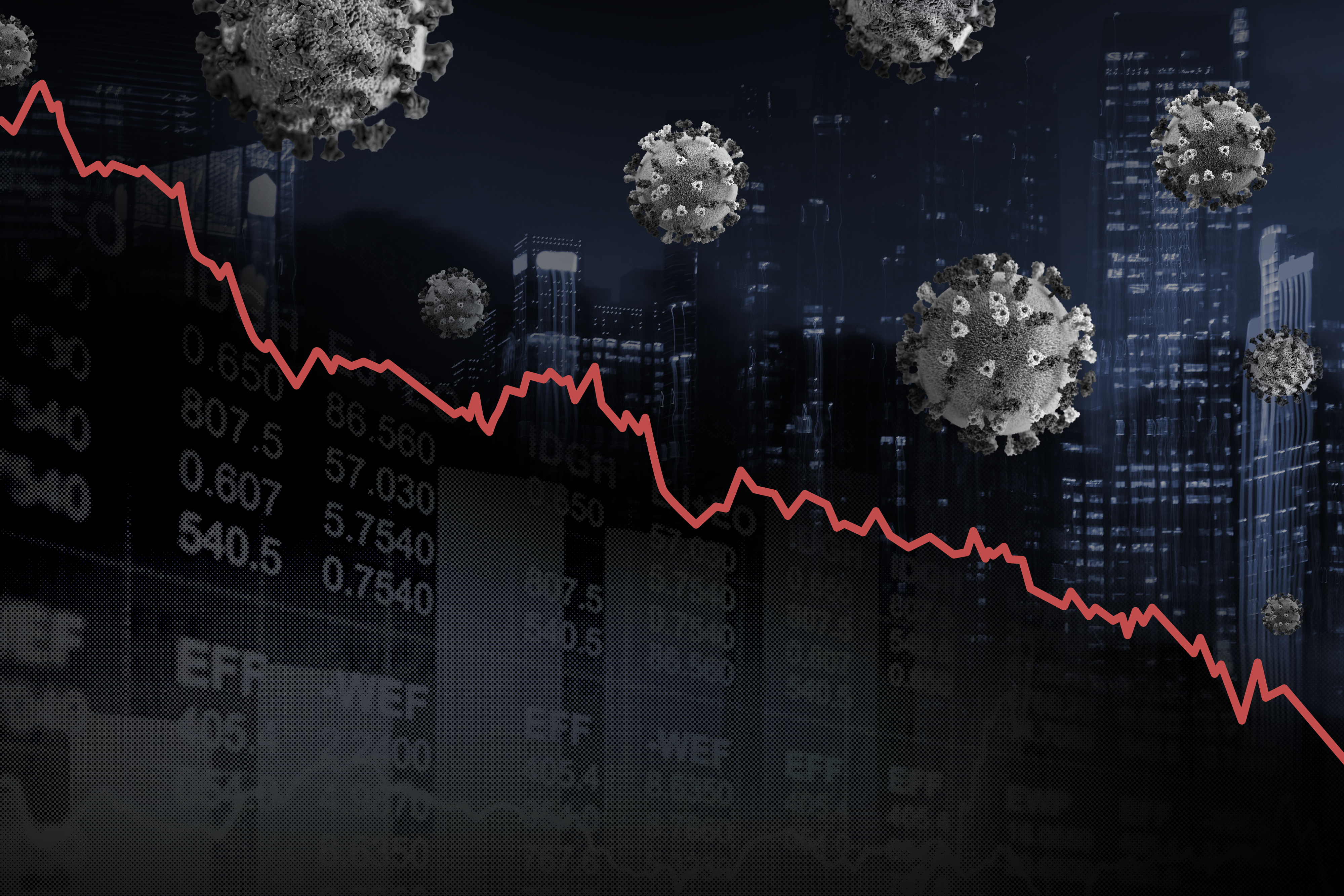Why H5N1 Looms as the Invisible Threat Shaping Our World Today
3. The Role of Globalization in H5N1 Spread

Globalization has significantly influenced the spread of infectious diseases, including H5N1. The rapid movement of people, goods, and animals across borders facilitates the transmission of pathogens, challenging traditional methods of disease control. International trade in poultry and poultry products is a key factor in the global dissemination of H5N1, as infected birds can introduce the virus to new regions. Live bird markets, where birds from various sources are housed in close proximity, further exacerbate the risk of cross-species transmission and the emergence of new viral strains. The interconnectedness of our world necessitates a coordinated global response to H5N1. International organizations, such as the World Health Organization (WHO) and the Food and Agriculture Organization (FAO), play a critical role in monitoring the virus's spread and providing guidance for containment efforts. Collaboration between countries is essential to implement effective surveillance systems, share data, and develop strategies to mitigate the impact of H5N1 on public health and the global economy. As the world becomes increasingly interconnected, the importance of global cooperation in addressing infectious diseases like H5N1 cannot be overstated.
4. Economic Implications of H5N1

The economic impact of H5N1 extends beyond the direct costs associated with managing outbreaks in poultry populations. The threat of the virus affects trade and tourism, as countries impose restrictions to prevent the importation of infected birds or products. These measures can disrupt supply chains, leading to increased prices and reduced availability of poultry products. The economic burden is particularly pronounced in countries where poultry farming is a major industry, affecting the livelihoods of farmers and related businesses. In addition to these immediate economic effects, the potential for a human pandemic poses a long-term threat to global economic stability. A widespread outbreak could result in significant healthcare costs, lost productivity, and disruptions to international trade. The economic impact of a pandemic would be felt across multiple sectors, highlighting the importance of investing in preventive measures and preparedness plans. By understanding the economic implications of H5N1, policymakers can prioritize resources and develop strategies to minimize the virus's impact on both national and global economies.
